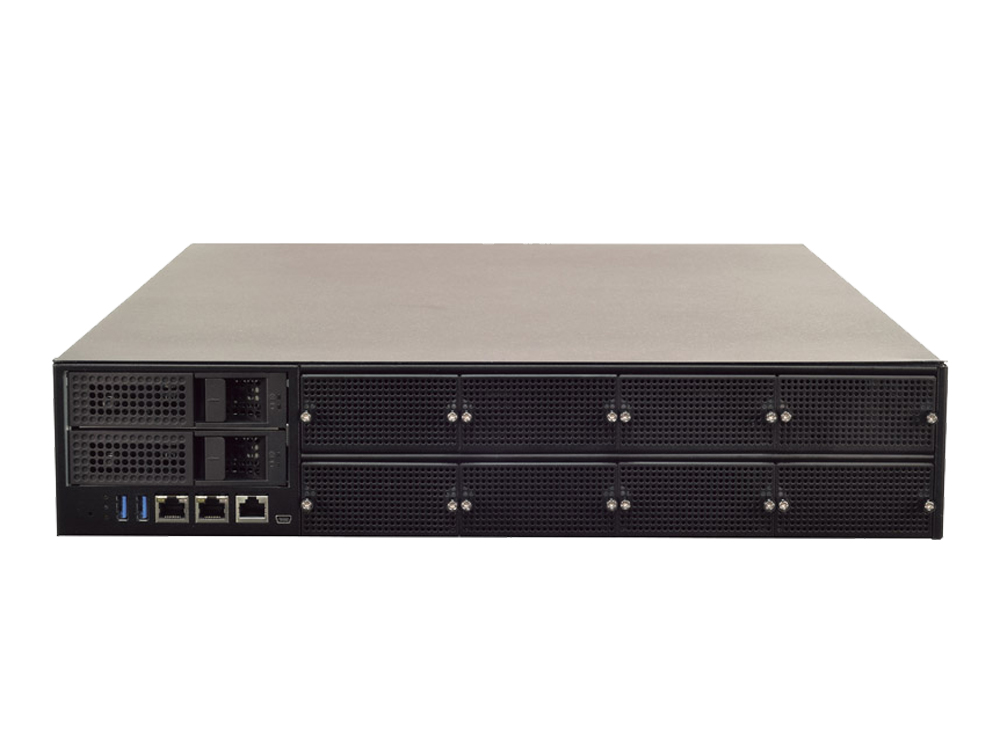According to global level researches, the mobile network traffic will reach new milestones in the next 5 years, including nearly 77 exabytes by 2022 and 90% of the mobile data will be generated by smarthphones. In fact, consumption of video contents will take nearly three-fourth of the mobile data traffic around that time in near future.
Since video streaming will be taking the most shares of mobile traffic, operators have to be prepared what will happen next, in order to remain competitiveness in the quality of service (QoS). Therefore, operators are seeking solutions to prevent the overflow of network pipes by video streaming.
MEC to Improve the QoE of Video Streaming and Augmented Reality
The basic concept of MEC (Multi-access Edge Computing) is to establish physical proximity to provide low latency and enhance broadband. MEC offers cloud-computing capabilities and an IT architecture for applications and services – like video content delivery – at the edge of the network close to end users and connected devices. The MEC environment is thus able to minimize latency, shorten the data transfer tunnel and enhance the traffic management to enable smooth broadband video streaming. It should be noted that MEC is an open industry standard established by the ETSI MEC ISG and supported by industry leaders.

At MWC 2019, Lanner will demonstrate how to use MEC server deployed at the edge to boost CDN (Content Delivery Network) efficiency and provide the ultra-low latency infrastructure of 5G networks. Lanner MEC platforms will showcase how real-time video streaming and AR can enjoy optimal performance, ultra-low latency and broadened bandwidth. In this demo, Lanner MEC platform NCA-6210 (powered by Intel Xeon Scalable processors) will be featured to perform smooth HD video playback and short buffering time for AR applications.
The Results
As seen from the test result, the video frame loss and image jitter, compared to the video sever host in cloud, have been reduced by nearly 98% and 67%, respectively.

For AR applications, the initial buffering time has also been reduced by 72%, from 11 sec. to 3 sec.

From this PoC, we can foresee the high-performance of video delivery and AR service to enable an entirely new entertainment experience in the near future.
The Conclusion
The test results provide evidential reference for the benefits of MEC architecture in video streaming and AR applications to improve user experience and serviceability. MEC can be the optimal strategy for operators and service providers in video content delivery networks and preparation for the upcoming 5G. Besides video streaming, MEC as the foundation of 5G is anticipated to bring many business opportunities and vertical applications, such as IoT, AR/VR, facial recognition, connected vehicles and self-driving cars.

